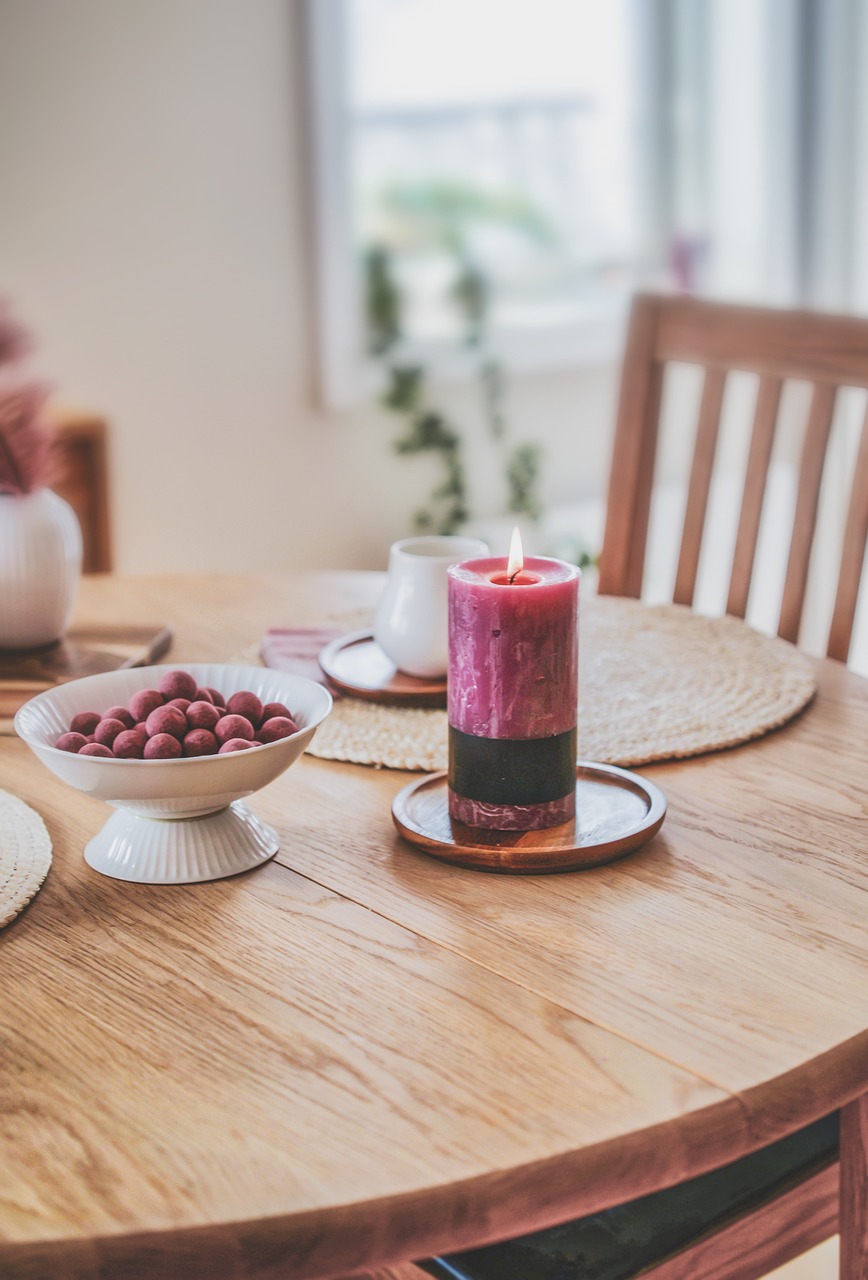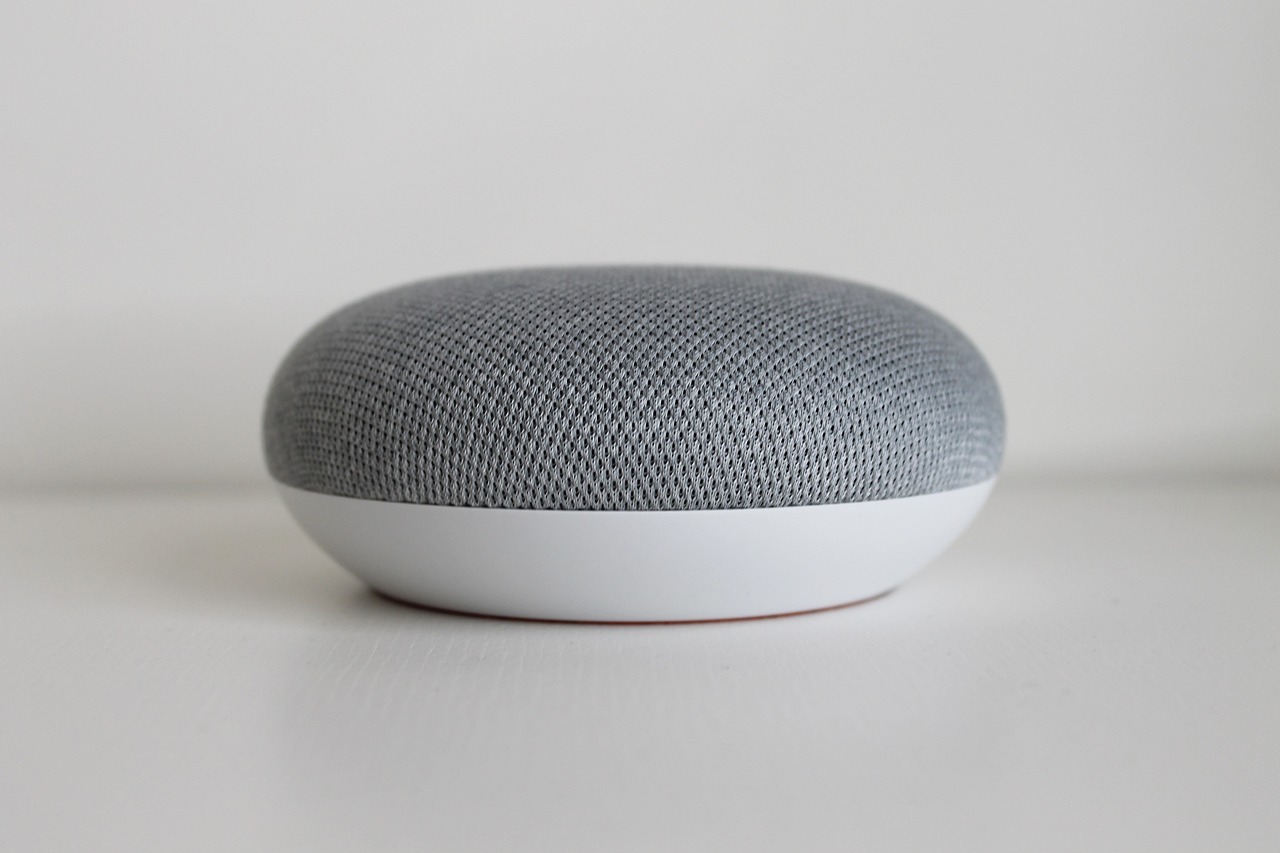In today’s fast-paced world, transforming a home into a smart haven doesn’t have to come with a hefty price tag. By exploring budget smart home upgrades, homeowners can easily integrate affordable smart devices to enhance convenience, security, and overall energy efficiency. This guide provides an array of DIY smart home tips designed to boost functionality without straining finances. From prioritizing upgrades to selecting cost-effective solutions, this post arms readers with the knowledge they need to create a remarkable smart home on a budget that meets their unique needs.
Understanding Budget Smart Home Upgrades
When considering budget smart home upgrades, homeowners often feel overwhelmed by the variety of options available. However, understanding the essentials can lead to effective enhancements without a hefty price tag. First, it’s crucial to identify devices that provide the most significant benefits. For instance, affordable smart devices like smart plugs and bulbs can easily transform existing appliances into automated systems.
Homeowners can start small; incorporating devices such as smart thermostats or Wi-Fi leak detectors can significantly improve home efficiency while keeping costs low.
Below is a table of popular budget-friendly upgrades:
| Device | Average Cost | Benefits |
|---|---|---|
| Smart Plugs | $15 – $25 | Automate any appliance; remote control capabilities |
| Smart Bulbs | $10 – $30 | Change colors, set schedules, and dim lights |
| Smart Thermostat | $50 – $100 | Programmable heating and cooling, energy savings |
| Smart Security Cameras | $25 – $50 | Real-time alerts and monitoring |
Utilizing DIY smart home tips can further enhance functionality without overspending. Through mindful selection and strategic planning, homeowners can effectively integrate technology, creating a smart home on a budget that elevates comfort, security, and convenience.

Affordable Smart Devices for Every Room
Incorporating smart technology into different areas of your home doesn’t have to break the bank. Here are some budget smart home upgrades that are cost-effective and enhance functionality without overwhelming your wallet.
| Room | Device Type | Price Range | Key Features |
|---|---|---|---|
| Living Room | Smart Plugs | $15 – $25 | Voice control, scheduling, energy monitoring. |
| Kitchen | Smart Bulbs | $15 – $25 per 2-pack | Color-changing, dimmable, app control. |
| Bedroom | Smart Thermostats | $50 – $80 | Energy-efficient scheduling, remote access. |
| Bathroom | Leak Detectors | $20 – $40 | Alerts for water leaks, easy installation. |
| Home Office | Smart Speakers | $30 – $100 | Voice assistance, music streaming, smart home control. |
| Garage | Smart Garage Control | $30 – $40 | Remote door control, opening alerts. |
By selecting these affordable smart devices, homeowners can create a seamless smart home on a budget. From DIY smart home tips such as maximizing the use of smart plugs to implementing energy-saving smart thermostats, these upgrades improve daily life while keeping costs low. Embracing smart tech in every room encourages energy efficiency, convenience, and enhanced security, which are essential benefits for modern living.
DIY Smart Home Tips to Enhance Functionality
Upgrading to a smart home on a budget can be accomplished through simple DIY projects that can significantly enhance functionality. One effective strategy involves using affordable smart devices in innovative ways. For example, integrating smart plugs throughout the house allows users to transform ordinary appliances into smart ones. By connecting these plugs to devices like lamps or coffee makers, homeowners can control settings through their smartphones or voice commands.
Another easy upgrade is to implement smart lighting solutions. Installing smart bulbs in frequently used areas not only offers programmable schedules but also allows users to customize their lighting colors and intensity. This way, adjusting the ambiance for various activities—whether hosting a gathering or winding down at night—is effortless and cost-effective.
Additionally, utilizing automation routines in conjunction with smart assistants can streamline daily tasks. For instance, setting up a routine that includes turning off all lights and locking doors at bedtime enhances security and saves energy. Implementing these DIY smart home tips not only drives functionality but also creates a personalized living environment that suits the homeowner’s lifestyle—all while keeping expenses low. With these budget smart home upgrades, anyone can enjoy the convenience of a smarter home without overspending.
How to Prioritize Your Smart Home Upgrades
When embarking on the journey of smart home upgrades, prioritizing enhancements ensures both a smart investment and enhanced convenience. Here’s a simple approach to sequence your budget smart home upgrades effectively:
- Assess Your Needs: Start by evaluating the areas of your home demanding immediate improvement. Is security your top concern? Consider investing in a smart security camera or a smart lock first.
- Set a Budget: Determine how much you’re willing to spend on your smart devices and stick to it. This helps in selecting affordable smart devices without overspending.
- Choose Versatile Devices: Focus on devices that offer multiple functionalities. Smart plugs are a great example, turning any appliance into part of your smart home. This makes it easier to get the most out of every dollar spent.
| Upgrade Category | Recommended Device/Example | Budget Range (Approx.) |
|---|---|---|
| Security | Smart lock or camera | $30 – $50 |
| Lighting | Smart bulbs | $12 – $20 per bulb |
| Energy Control | Smart thermostat | $60 – $80 |
| Convenience | Smart plug | $15 – $30 |
- Start Small: Rather than overhauling your entire home, begin with one or two devices, such as smart plugs or bulbs. Use DIY smart home tips to maximize their benefits in your daily routine.
- Evaluate Energy Efficiency: Incorporate devices that help reduce energy costs, like programmable thermostats or energy-efficient lighting options. These upgrades can save money in the long run.
By strategically planning your smart home on a budget journey, users will enjoy a more efficient and connected living space while staying within their financial limits.

Cost-Effective Solutions for Energy Efficiency
In today’s environmentally conscious world, budget smart home upgrades can significantly reduce energy costs while promoting sustainability. To kick-start an energy-efficient home, smart thermostats and smart plugs are excellent choices. Affordable smart devices like the Ecobee or the Nest Thermostat allow users to program schedules and monitor energy usage, ensuring heating and cooling are optimized when you’re home.
Another effective strategy includes switching to smart LED bulbs. Unlike traditional bulbs, these consume less energy and can be remotely controlled, meaning they can be turned off when not in use—preventing waste. Incorporating smart power strips can also enhance efficiency by cutting power to devices when they enter standby mode.
| Solution | Description |
|---|---|
| Smart Thermostat | Programs heating and cooling schedules to optimize energy usage. |
| Smart LED Bulbs | Energy-efficient lighting options that provide remote control. |
| Smart Power Strips | Reduces waste by turning off idle devices automatically. |
| Energy Monitoring Smart Plugs | Tracks energy consumption of individual devices. |
Utilizing these DIY smart home tips can help homeowners save significantly on utility bills while contributing to a more sustainable lifestyle. With a little effort, anyone can transform their living space into a smart home on a budget that prioritizes energy efficiency.
Frequently Asked Questions
What are some affordable smart home upgrades that anyone can do?
Affordable smart home upgrades include smart plugs, which can convert regular appliances into automated devices, enabling voice control and scheduling. Smart bulbs are another option, allowing users to set the mood and control brightness from their smartphones. Smart cameras enhance security without breaking the bank, offering live feeds and motion alerts for around $25 to $40. Additionally, video doorbells provide extra security and peace of mind, usually available for under $60.
How easy is it to set up smart home devices?
Setting up smart home devices is generally straightforward, requiring users to download specific apps for each device, think of it as a simple plug-and-play. Most devices connect easily to home Wi-Fi, allowing users to control them via a smartphone or voice assistant. However, some may require more technical savvy, especially those that integrate with existing home automation systems. Beginners are encouraged to start with simpler devices like smart plugs or bulbs, which typically have user-friendly interfaces.
How can smart home devices help save energy?
Smart home devices can help save energy by allowing users to automate when and how long different appliances run. For example, smart plugs can schedule lamps or heaters to operate only when needed, reducing unnecessary power usage. Smart thermostats offer another layer of energy control, adjusting heating and cooling according to the homeowner’s routine, potentially leading to lower energy bills. Additionally, smart bulbs are energy-efficient, often using less electricity than traditional incandescent bulbs.
Are there privacy concerns associated with using smart home devices?
Privacy concerns do exist with smart home devices, primarily revolving around data collection and security. While many smart devices require internet connectivity and can collect user data, manufacturers typically implement security measures to protect this information. It’s advisable for users to review device privacy settings, change default passwords, and be cautious about which devices they allow into their smart home environment. Researching products and selecting those from reputable brands can further mitigate risks.